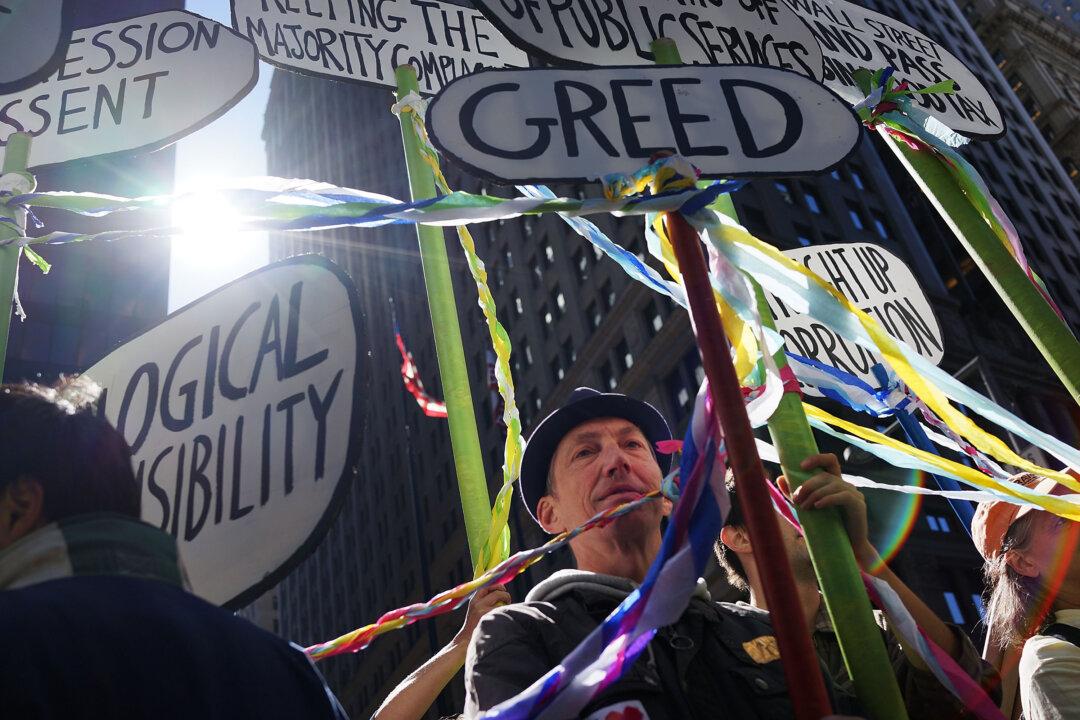Commentary
Wall Street is once again in the midst of a “money heist” from naïve investors. This time in the form of “woke activism” called ESG.

Wall Street is once again in the midst of a “money heist” from naïve investors. This time in the form of “woke activism” called ESG.